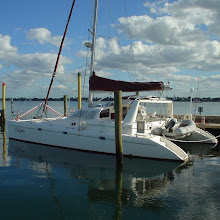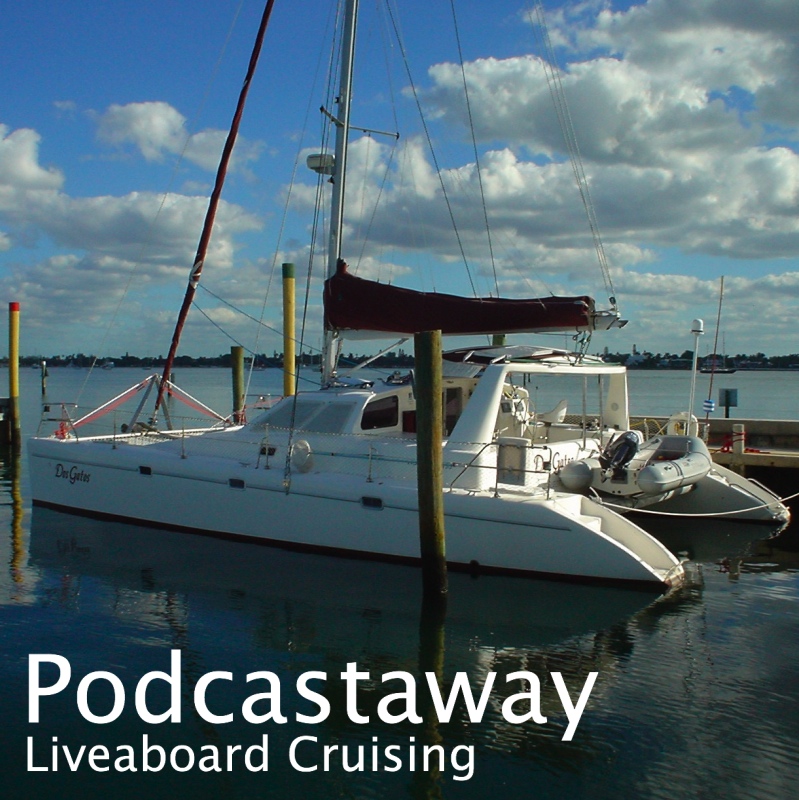
Diving in Galapagos is not for the Novice. Most of the dives are subject to current and surge. The visibility can be very poor - it was. And the water is cold -- I wore a 6 or 7mm wetsuit with hood and gloves.
Having said that, there is a lot to see. We saw many fish that were unfamiliar to us, and many that are endemic to these islands. Many people come to see big animals like hammerhead sharks and mantas -- we had little luck there, however. Probably, the best way to dive the Galapagos is on a liveaboard dive boat.
We did three day divetrips for a total of seven dives:
- Santa Fe. The closest site to Puerto Ayora. Probably the best dives.
- Gordon Rocks. Supposedly good for sharks. We saw none. Much current and surge. Poorest visibility.
- Cousin Rocks and Bartolome. Lots of small fish. Nothing bigger than a turtle.
We dived with Scuba Iguana and Ninfa. We'd recommend Scuba Iguana.




 (Atom)
(Atom)